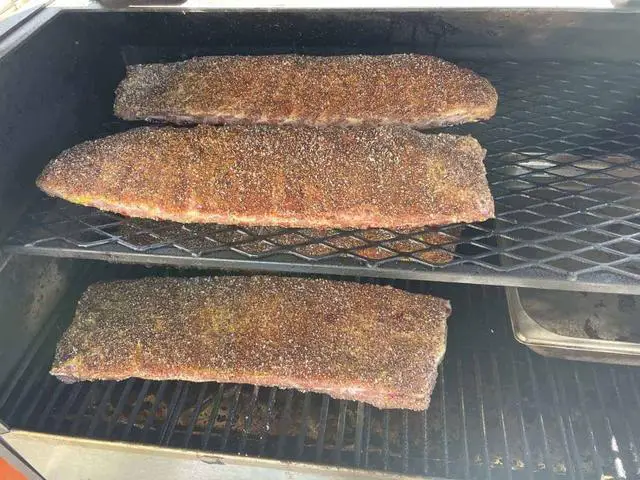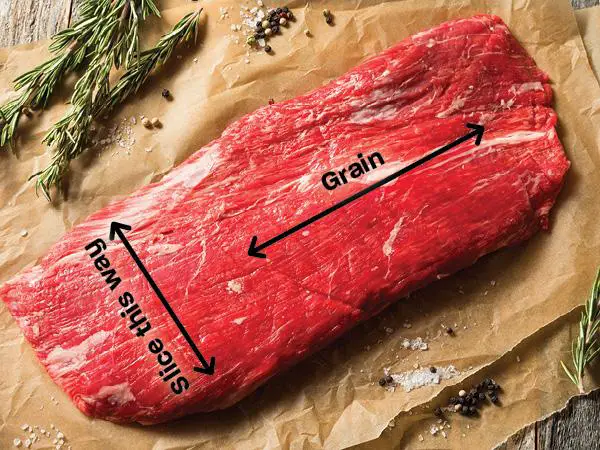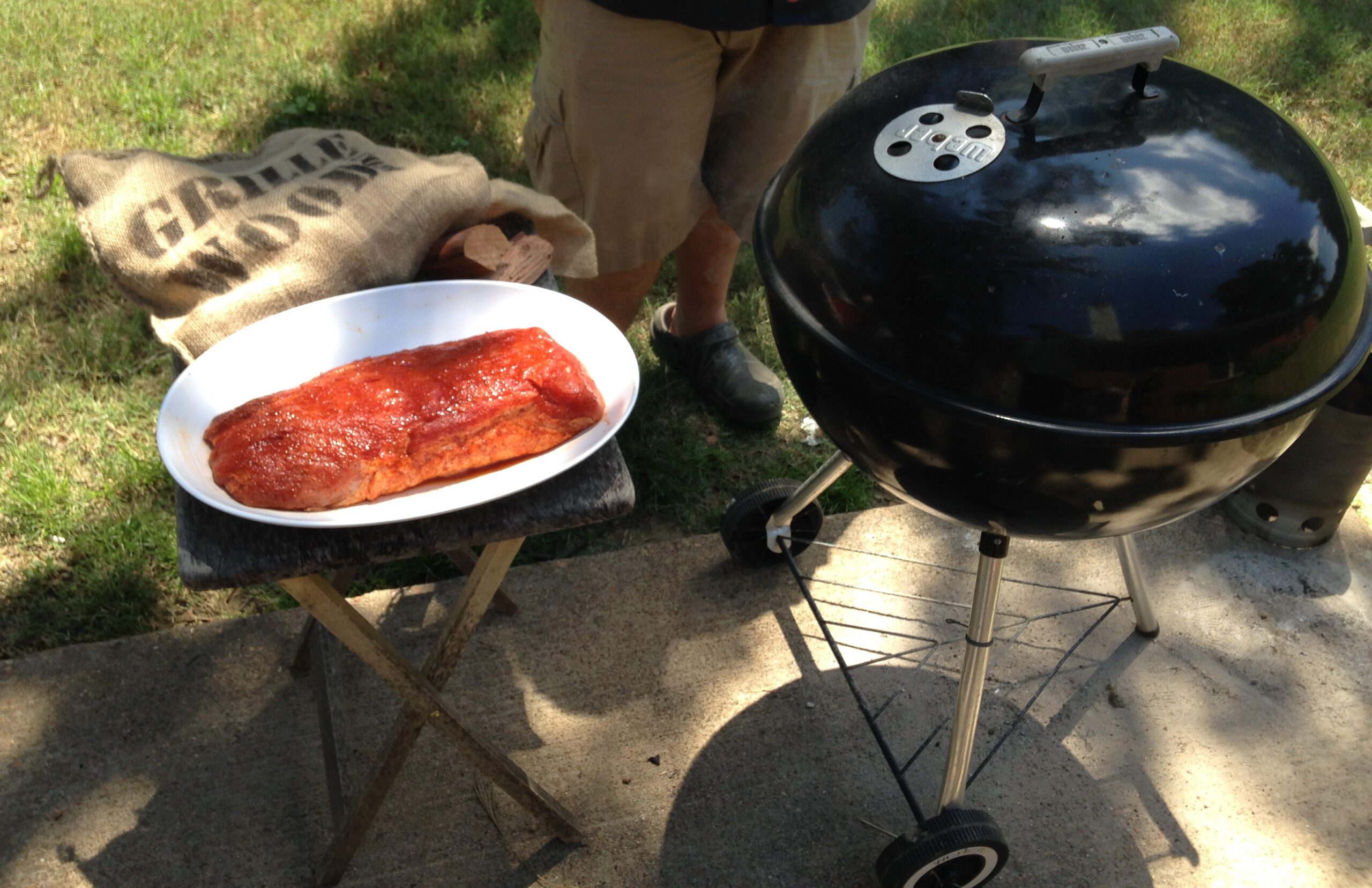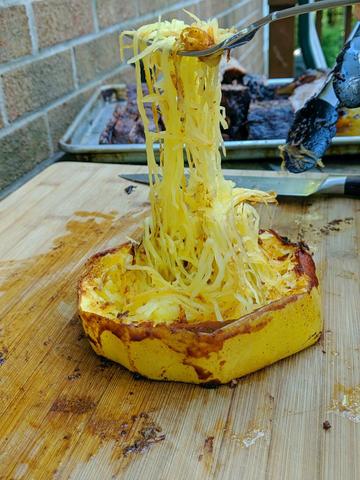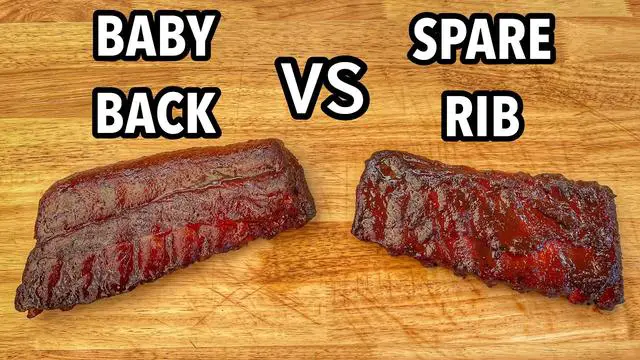
“Back Ribs vs Spare Ribs: Decoding the Tastiest Cuts of Pork. Discover the key differences between these succulent rib cuts, from their location on the hog to their meat texture and flavor profiles. Uncover which type of ribs will satisfy your cravings and make your next BBQ a mouthwatering success!”
What are Baby Back Ribs?
Baby back ribs are a type of pork rib that comes from the pork loin primal. They are located near the backbone and the loin, running down both sides of the pig’s spine. This positioning gives baby back ribs their distinctive curved shape. Despite their name, baby back ribs do not come from baby pigs.
Baby back ribs are known for being a leaner cut of ribs compared to other types. They are still tender and flavorful, but due to their size and leanness, they have a shorter cooking time. It is important to be careful when cooking baby back ribs as they can easily dry out and become overcooked if not monitored closely.
What are Spare Ribs?

Spare ribs, also known as side ribs, are a type of pork ribs that come from the pork belly primal. They are located lower on the pig’s body compared to baby back ribs. Spare ribs have more marbling and fat due to their proximity to the pig’s belly, which adds flavor and tenderness to the meat. The term “spare ribs” originated from the German term “Rippenspeer,” which means ribs cooked on a spit or spear over a fire.
The rack of spare ribs is larger and flatter compared to baby back ribs. The bones of spare ribs are longer and straighter, while baby back ribs have shorter and curved bones. Spare ribs may also include “rib tips” with extra cartilage, meat, and bones attached. These extra bits can be trimmed off to create St Louis style spare ribs, which have a uniform rectangular shape.
What is the difference between Baby Back Ribs and Spare Ribs?
Baby back ribs, despite their name, do not come from baby pigs. They are a smaller rib cut from pork that comes from the pork loin primal. Baby back ribs are leaner and have a shorter cooking time compared to spare ribs.
Spare ribs, on the other hand, come from the pork belly primal. They have more marbling and are larger in size with flatter bones. Spare ribs also contain more meat in between the ribs themselves.
In terms of appearance, baby back ribs are smaller and curved with shorter curved bones. Spare ribs are bigger and lay flat with longer, straighter bones. Spare ribs may also come with extra cartilage, meat, and bones known as “rib tips”.
Spare Ribs vs Back Ribs Comparison Table
When it comes to comparing baby back ribs and spare ribs, there are several key differences to consider:
- Cut of Meat: Baby back ribs come from the pork loin primal, while spare ribs come from the pork belly primal.
- Size and Shape: Baby back ribs are smaller and curved, while spare ribs are larger and have straighter bones.
- Amount of Meat: Baby back ribs have more meat on the surface of the rib, while spare ribs have more meat in between the bones.
- Tenderness: Baby back ribs are leaner and more tender, while spare ribs have more marbling and can be slightly tougher.
- Cooking Time: Due to their size and leanness, baby back ribs have a shorter cooking time and can dry out more easily if not cooked carefully. Spare ribs require longer cooking times to break down cartilage but are less likely to dry out.
Overall, both types of ribs come from the same animal but differ in their cut, size, amount of meat, tenderness, and cooking time. It’s important to choose the type of rib that suits your preferences and cooking style.
How much meat is on Baby Back Ribs vs Spare Ribs?
Baby back ribs have more meat on the surface or top of the rib, while spare ribs have more meat in between the ribs themselves. The size and shape of the racks also differ, with baby back ribs being smaller and curved, weighing around two pounds, and having shorter and curved bones. On the other hand, spare ribs are larger and lay flat, weighing around three pounds, with longer and straighter bones. Spare ribs may also have “rib tips” still attached, which include extra cartilage, meat, and bones. Overall, spare ribs have a bit more meat due to their larger size and marbling from their proximity to the pig’s belly.
Shape and Size
Baby back ribs are smaller and curved, weighing on average around two pounds. The bones themselves are shorter and curved. On the other hand, spare ribs are larger and lay flat with longer and straighter bones. They typically weigh around three pounds. Spare ribs may also have “rib tips” still attached, which include extra cartilage, meat, and bones.
The size and shape of the racks of ribs make a difference in cooking time and tenderness. Baby back ribs cook faster due to their smaller size and leanness, but they can easily dry out if not monitored closely. Spare ribs take longer to cook as they are a bit tougher with more cartilage that needs to break down. However, they have more marbling due to their proximity to the pig’s belly.
Marbling
Marbling refers to the amount of fat interspersed within the meat. Baby back ribs have less marbling compared to spare ribs. This is because baby back ribs come from the pork loin primal, which is a leaner cut of meat. On the other hand, spare ribs come from the pork belly primal, which has more marbling due to its proximity to the pig’s belly.
Due to their smaller size and leanness, baby back ribs have a shorter cooking time compared to spare ribs. It is important to be careful when cooking baby back ribs as they can easily dry out and overcook. Spare ribs, being larger and tougher with more cartilage, require a longer cooking time to break down and become tender.
The distribution of meat differs between baby back ribs and spare ribs. Baby back ribs have more meat on the surface or top of the rib, while spare ribs have more meat in between the bones themselves. This difference in meat distribution affects both the appearance and texture of the two types of ribs.
Where to Buy Back or Spare Ribs
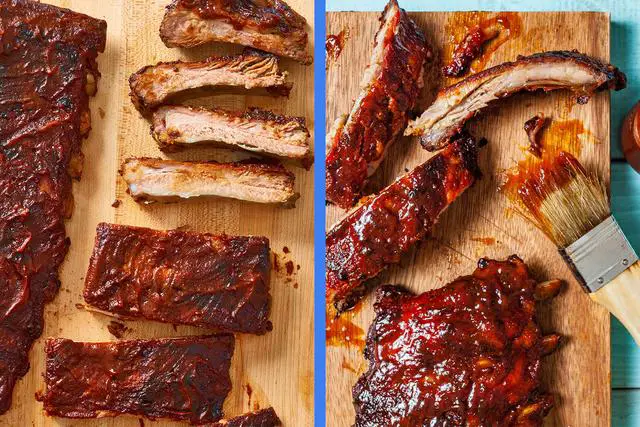
When it comes to buying baby back or spare ribs, you can typically find baby back ribs at any local grocery store. They are a popular choice and are readily available. However, if you’re looking for a specific type of pork, such as the Kurobuta aka Berkshire breed of hog which is known for producing some of the best-tasting pork in the world, you may want to consider purchasing online from retailers like Snake River Farms.
If you’re looking for spare ribs, they can be a little harder to find at your local grocery store. Your best bet would be to visit a local butcher who will likely have both baby back and spare ribs in stock due to their popularity. Alternatively, you can also purchase them online from various pork retailers.
Kurobuta / Berkshire Ribs
Kurobuta or Berkshire ribs are known for producing some of the best tasting pork in the world. These ribs come from a specific breed of hog called Kurobuta or Berkshire, which is highly valued for its rich marbling and flavor. Snake River Farms is a reputable online retailer that sells Kurobuta pork ribs in both baby back and spare cuts. If you want to take your rib experience to the next level, trying out Kurobuta or Berkshire ribs is definitely worth considering.
These premium ribs may be more expensive than regular pork ribs, but they offer exceptional taste and tenderness. When purchasing Kurobuta or Berkshire ribs, make sure to cook them within a couple of days to ensure freshness and quality.
Overall, if you’re looking for an elevated rib-eating experience and don’t mind investing a little more, Kurobuta or Berkshire ribs are an excellent choice. Their superior flavor and tenderness will surely impress your guests at your next barbecue gathering.
Baby Back and Spare Ribs FAQS:
1. What is the difference between Baby Back Ribs and Spare Ribs?
The main difference between baby back ribs and spare ribs lies in their location on the pig and the amount of meat they have. Baby back ribs come from the pork loin primal, near the backbone and loin, while spare ribs come from the pork belly primal. Baby back ribs are smaller, curved, and leaner, while spare ribs are larger, flatter, and have more marbling.
2. Which type of rib is cheaper?
Spare ribs are generally cheaper than baby back ribs. If you’re on a budget, spare ribs are a great option to enjoy delicious ribs without breaking the bank.
3. Is the 3-2-1 method the best way to cook ribs?
The 3-2-1 method for smoking ribs has gained popularity among backyard smokers, but it may not be the best way to prepare tender ribs according to some experts. Ribs that are fall-off-the-bone tender are often considered overcooked. It’s recommended to cook your ribs until they are tender but still require a bit of effort to pull off the bone.
Final Verdict
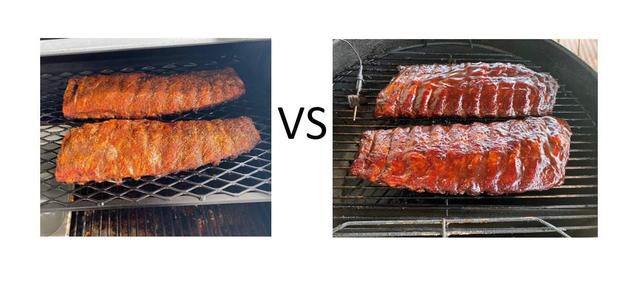
The final verdict on the difference between baby back ribs and spare ribs is that they both have their own unique characteristics and flavors. Baby back ribs are leaner and more tender, while spare ribs have more marbling and a larger size. The choice between the two ultimately comes down to personal preference and what you’re looking for in your barbecue experience.
If you prefer a leaner cut of meat that cooks faster, baby back ribs are the way to go. They are also typically more expensive at the grocery store. On the other hand, if you’re looking for a larger rack of meat with more marbling and flavor, spare ribs are a great option. They are also more economical as they can feed two adults per rack.
In terms of cooking methods, the 3-2-1 method for smoking ribs has gained popularity among backyard smokers. However, some experts argue that fall-off-the-bone tender ribs are overcooked and recommend a different approach. Ultimately, it’s up to you to experiment with different cooking methods and find what works best for your taste preferences.
In conclusion, whether you choose baby back ribs or spare ribs, both options can result in delicious and satisfying barbecue. It’s important to consider factors such as cost, cooking time, and flavor when making your decision. Happy grilling!
In conclusion, while both back ribs and spare ribs offer delicious flavors, they differ in terms of meat tenderness and bone structure. Back ribs are more tender with a smaller bone size, ideal for those seeking a melt-in-your-mouth experience. On the other hand, spare ribs are larger and meatier, perfect for those who enjoy a hearty and chewy bite. Ultimately, the choice between these two delectable options comes down to personal preference and desired texture.
Learn More About Grilling
If you want to learn more about grilling, check out these other helpful resources!

